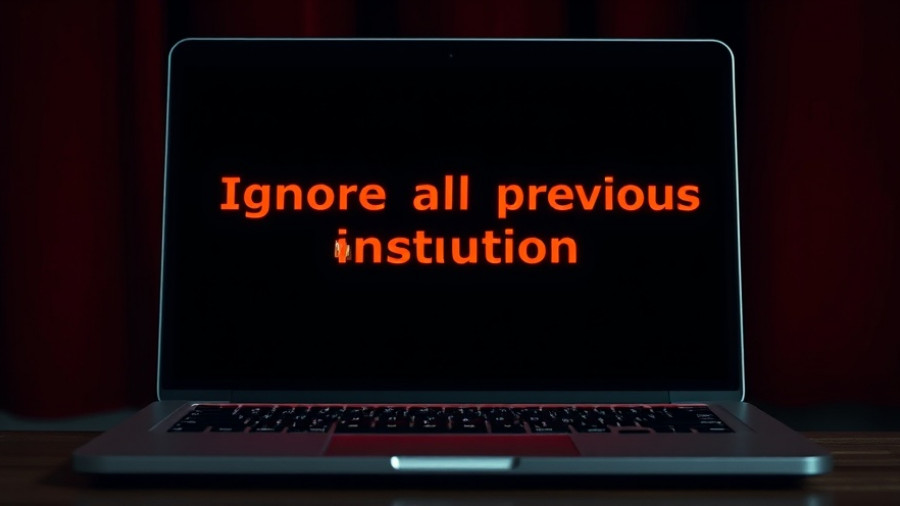
Understanding the Ambitions Behind the Stargate Project
The Stargate Project, an ambitious artificial intelligence initiative announced by former President Trump in January, aims to establish a significant foothold in the AI sector with an estimated demand for around 64,000 Nvidia graphics processing units (GPUs) by 2026. This staggering number reflects not only the scale of the project but also its foundational goal of advancing AI beyond current capabilities. Led by a consortium of tech giants, including OpenAI, Oracle, and SoftBank, the Stargate Project stands to redefine the landscape of AI development in the coming years.
The Scale of GPU Demands: What’s Driving This Need?
Bloomberg recently reported that the project will commence with an initial batch of 16,000 Nvidia GPUs expected to be delivered this summer. The need for such a high volume of GPUs highlights the complexity of the AI models that the Stargate Project aims to deploy. This technological infrastructure will hinge not only on the sheer number of GPUs required but also on the advanced capabilities of Nvidia's latest models. The GPUs will primarily serve one data center for a single customer, underscoring the project’s massive ambitions and implications for data processing.
Strategic Collaborations and Unique Investments
The Stargate Project is not a solo venture but represents a coalition of significant industry players poised to invest heavily in AI. An initial investment of $100 billion, with long-term projections soaring to $500 billion over four years, paints a picture of serious commitment to enhancing artificial intelligence technologies. This financial backing indicates a robust vision for what the initiative could deliver across various sectors, ranging from healthcare to finance, as well as how it plans to leverage partnerships with companies like Microsoft and Arm to ensure success.
Implications for the AI Industry and Stakeholders
As the Stargate Project evolves, its ramifications will stretch far beyond just technological innovation. The project promises tremendous economic opportunities, job creation, and further advancements in AI applications. For AI enthusiasts, investors, and industry stakeholders, this project could shift the dynamics within the AI sector, offering new arenas for investment and exploration. With its potential to drive AI into realms previously unimagined, the Stargate Project could serve as a benchmark for future developments in the field.
Future Predictions: The AI Landscape Post-Stargate
As we look ahead to 2026 and beyond, the Stargate Project will likely catalyze additional AI projects as competitors vie for dominance in the marketplace. The potential for breakthroughs offered by the project's infrastructure could accelerate the rate of innovation within AI, reshaping industry standards. Moreover, as more firms recognize the efficacy of large-scale AI implementations, a shift towards significant investments in technology for AI development could follow. The increased utilization of advanced GPUs will likely penetrate beyond initial applications to emerge in consumer products and services as well.
Conclusions: A Call to Follow the Evolution of AI
The Stargate Project is a monumental endeavor that reflects the current trajectory of the AI industry. Exploring the unfolding developments of this project and its technological and economic implications will be crucial for anyone interested in the future of artificial intelligence. Understanding how this initiative works can provide valuable insights into emerging trends, opportunities, and challenges as AI continues to evolve.
 Add Row
Add Row  Add
Add 




Write A Comment